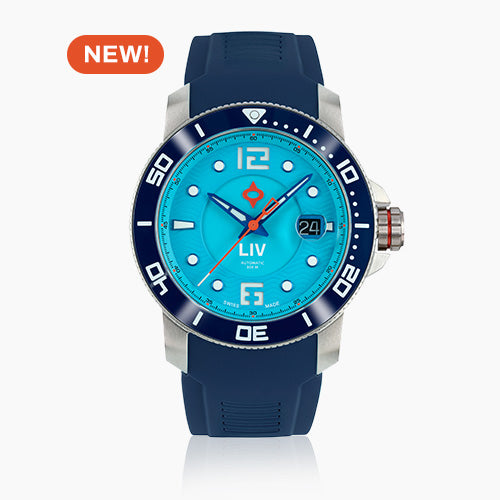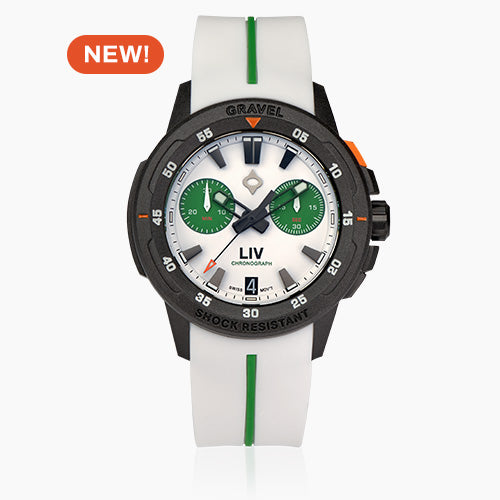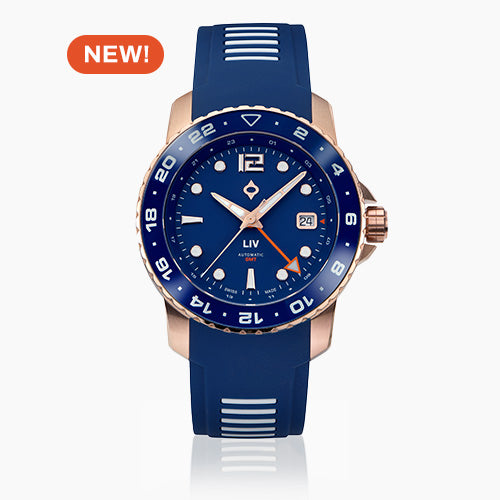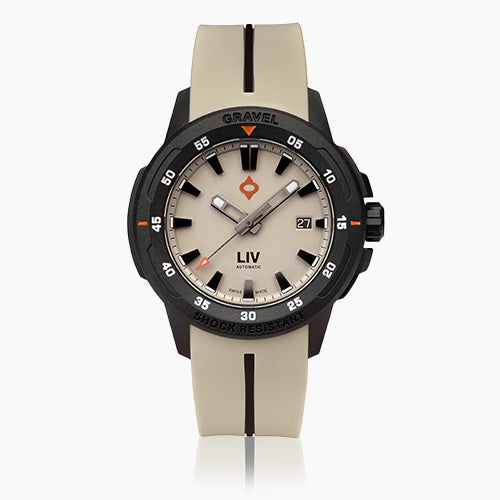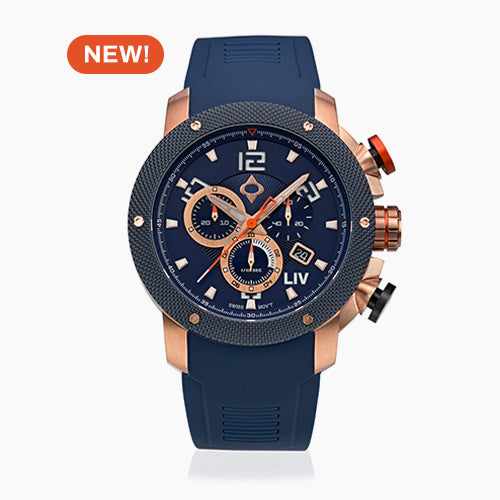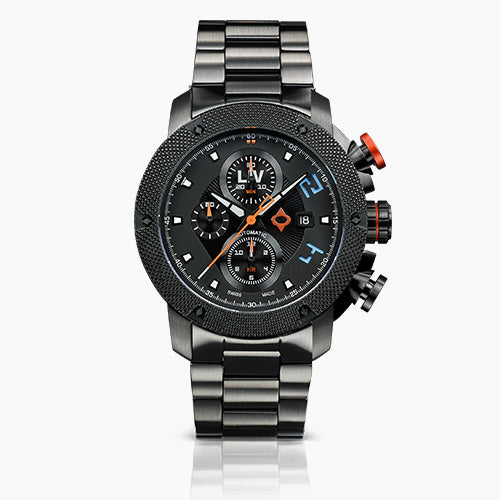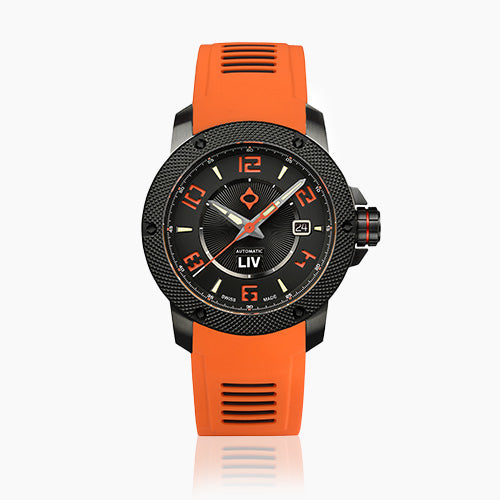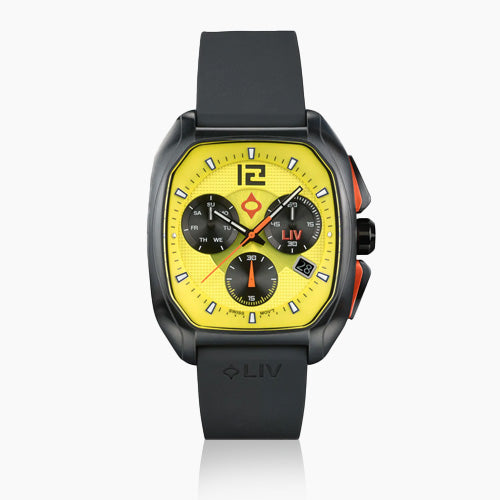
A watch addict's perspective on smart watches
Share
SPOILER ALERT: WATCHES SHOULD MAKE TELLING THE TIME AS EFFORTLESS AS POSSIBLE.
As I mentioned in the “My Grail Watch” series on a BlogtoWatch.com back in 2016, I purchased a Pulsar P4 LED watch back around 1976. After the post, I located one on eBay (as I mentioned in the comments section of the post) and I assumed I would be as happy with a Pulsar P4 now as I was 40 years ago.
But it was not to be. Unlike most quartz watches today that run for anywhere from 1 to 5 years on a single battery – or indefinitely with a solar-powered watch, I was reminded that the reason my original Pulsar was eventually tossed out - the need for a fresh battery (back in the days before I did battery changes myself).
For sure battery life was an overall issue for the old Pulsar but not a daily irritant. But if you told me back then that 40 years later smartwatches would require daily charging, I would have shaken my head and asked what kind of progress is that?
Since the battery on a Pulsar P4 lasts far longer than a day, so I can live with that. But having a power-hungry LED display, the watch did not have an always-on display – is this starting to sound like today’s smartwatches? So, you could press a button or flick your wrist which, via a mercury switch, would momentarily turn the LED display on. Well, the time of day. Not the date - that always required your other hand for a button press. Information acquisition requiring effort (physical or mental) is frictional and always less desirable.
And while the wrist flick for time of day was cool tech for a 70s wristwatch, it was still a bit hit or miss and often required a couple of flicks. Plus, you had to promptly look at the watch when you flicked it was the display only light up for a couple of seconds. Not a big deal you say – but compared to a watch with analog hands (which are “always on”) it always required a bit more effort and thought just to get the time of day. To say nothing of the date – something most of my modern watches have as an “always on” feature via a date display.
So, in the end, I’m glad I regained a nostalgic piece of my youth with the Pulsar. But I’ve found I just don’t wear it very much as I appreciate ease of use from a watch. Job one: tell the time. And make that as effortless as possible
ON TO SMARTWATCHES, OR SERGIO LEONE MIGHT CALL THEM: THE GOOD, THE BAD AND THE UGLY.
The Good - like a lot of guys, I like gadgets. Watches are often “Toys for Boys” after all. High tech made more accessible seems like a good idea. And if you have spare time, fooling around with gadgets is fun.
The Bad - where to start? Even the smartwatches with always-on displays do so via a dimmer color palette or reduced luminosity. I’ve rendered a few of my watch dials for smartwatches (www.facer.io), and you have to produce a “dim display” mode as well as the “on” modes. Not so bad with black dials, but white dials don’t appear anywhere near the same in dim mode. So, if you like a nice white dialed sports watch face, you won’t be having it “always on” with today’s smartwatches. Maybe solar power will come to the rescue of smartwatches, but for now, they are compromised products.
The Ugly - progress is being made every year. But the majority of smartwatches are ugly (and often too large or lumpy). Here is the test to prove my point: if the same watch (meaning the case and strap) were available as a non-smartwatch would you buy it? I’d wager not since too many smartwatches are, shall we say, less than beautiful.
I’d like to see the electronic guts of smartwatches become commodity items similarly to how mechanical and quartz watch movements are readily available to watch brands. But that assumes a stable feature set as opposed to annually changing tech and connectivity requirements. So, until smartwatch evolution reaches a plateau as PCs, phones, and tablets have largely done, the annual upgrade cycle means a smartwatch today is a disposable item. And that means they are way more expensive than the initial purchase price would make you think. Compare the annual smartwatch cost to that of a quality conventional watch which can provide years, if not decades, of wearing pleasure.
So, if smartwatch “guts” become standardized and available to 3rd party watch brands, the “ugly” problem may recede as more designs will be made around common “smartwatch movements.” More choice leads to happier consumers, and the uglier designs tend to get weeded out by market forces. But we are not there yet. Ugly still reigns with smartwatches.
Here is the test to prove my point: if the same watch (meaning the case and strap) were available as a non-smartwatch would you buy it? I’d wager not since too many smartwatches are, shall we say, less than beautiful.
NOW FOR THE REAL REASON I DON’T WEAR A SMARTWATCH
I don’t like being interrupted all of the time. Like when I’m doing important (like working or driving or even conversing with a human being face to face). Sure, you can turn off notifications, but when you disable all of that, your smartwatch is not so smart anymore. Really, do I need to be alerted while driving that friends posted photos of what they had for lunch 10 minutes ago?
I’d be a lot more interested in what a smartwatch can do if I didn’t have a smartphone. As is, my phone provides more than enough information (and distraction) in my daily life. And with a screen that is sized for more and richer content than can be crammed onto the couple of square inches a watch provides.
My “day job” is writing software and when I’m heads down in the code, I want as few of distractions as possible. Disconnection from the extraneous is essential for my productivity. Plus, when I’m relaxing, I usually don’t want interruptions either. Be that in a movie theater of just watching a Blu-ray at home or dining out, I don’t look forward to the phone ringing and I certainly don’t want a social media alert or tomorrow’s weather forecast. All of that can wait. I want to be in charge of the data flow. Like good comedy, the key is timing.
Like all things, the time and place make a world of difference – information is great – but without the context of what I’m doing moment by moment, it’s like being tapped on the shoulder endlessly with pushed data.
Things may change in the future, but for now, I’m happier to be disconnected for a large portion of my day. And if I want to know the time, the easiest way is to glance at my watch that is smart enough to always have the time displayed for me.
Really, do I need to be alerted while driving that friends posted photos of what they had for lunch 10 minutes ago?
About the Author
Mark Carson
Through an accident of birth, Mark was not born in Hawaii. However, he corrected that oversight in 1979 and has lived there ever since. He designs, sells, and blogs about watches. Other interests include not getting caught speeding in his one-off M6.


